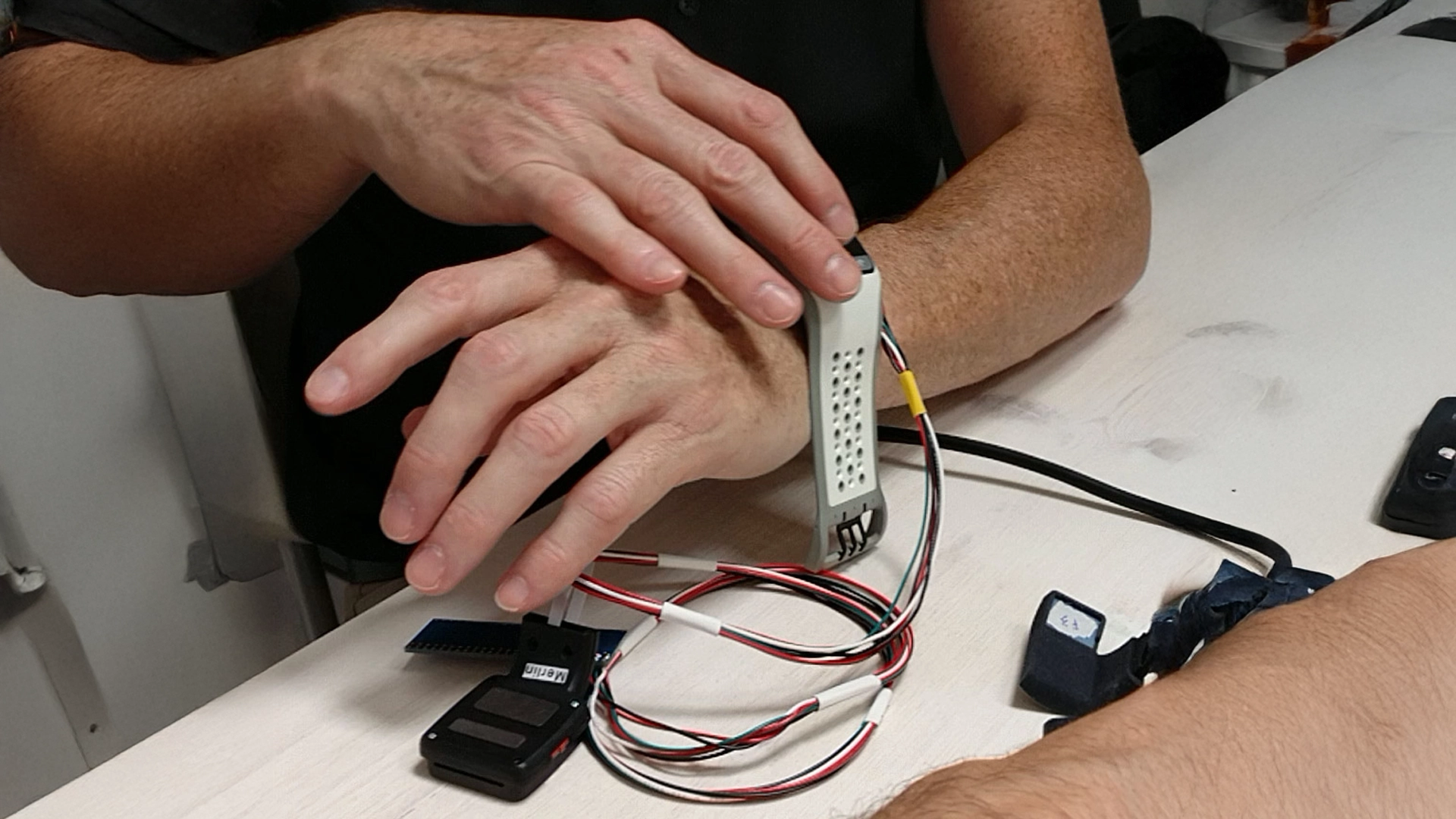Before project teams can build innovative medical devices, they should have a proof of concept, or POC, that shows the viability of their proposal and gets investors’ buy-in.
Coming up with fresh, brilliant ideas for the next best solution can be an exciting venture for project teams.
However, if they want their clients and investors to accept their ideas and development proposals, project teams need to prove first that their ideas in medical device development are truly practical, useful, commercially viable, and worth spending on.
What’s The Proof Of Concept (POC)
A proof of concept, or POC, is a presentation of the proposed product and its potential viability. It is the easiest and most cost-effective solution to prove the feasibility, realistic potential and innovation of a new product.
POCs describe the idea and proposed functionality of the product, including its general design or specific features, and how achievable they are. This presentation serves as a prerequisite before companies further develop and subsequently produce a sample or the final version and release it for wide scale implementation or sales.
A POC typically involves a small-scale visualization exercise to verify the potential real-life application of an idea. It’s not yet about delivering that concept, but showing its feasibility.
The proof of concept can be used at every step of the development process to verify a specific idea or concept. Through the POC, project managers can prove that building the proposed solution, program, product, feature, or method is achievable. POCs further allow decision-makers to explore the potential of the idea, giving them a glimpse of the bigger picture or the situation once the company launches the innovative medical device.
What’s The Difference Between POC And Prototype?
While POCs aim to test the idea or assumption, prototyping lets the innovator bring the concept to life by creating an interactive working model of the proposed solution, or a functional prototype.
A POC shows whether a product can be built or not, while a prototype physically presents its basic functions and how it will be developed.
When project managers and medical device engineers can demonstrate that the solution could be built and stakeholders agree and approve the proposal, they can proceed to further develop the project and make a functional prototype, or sample version, of the product.
The prototype serves as a step further to prove the usability of the proposed product, although it doesn’t have to be perfect yet. Prototyping can also be a test of the critical components of the device, demonstrating physically how these will work.
Why Is Having A Proof Of Concept (POC) Important For Medical Devices Companies?
Certainly, there are situations when a POC is able to deliver further value after additional modifications or testing, but to assume that a POC will definitely be such a source of goodness leads to extra time and budget and thereby delays the important and specific project de-risking for which it was originally conceived.
Here are three specific reasons why:
- Pinpoint potential risks: Throughout the development of a product, there are technology-related project risks that have the potential to negatively impact budget and timeline. At Creanova, our medical device engineering development process favors medical device proof-of-concept (POC) to help project managers and Medical device engineers highlight risks and obstacles they may face in developing the device and accordingly plan their projects and try to eliminate, mitigate, and address the highlighted risks, either by resolving the uncertainty one way or the other or by testing the use of new or different technology.For example, if you want to use innovative technology to measure the main vital parameters it is recommended to test this technique, before putting additional resources to work to design the whole new device around it. In that case, you might do a quick experiment on a few people to understand if the new idea has practical potential. That’s a POC.
- Identify the chances for scalability: Through POCs, project leaders can verify not only the feasibility of the idea but also its scalability, whether immediately or over time. For instance, a proposed product that begins with five essential components can then have 10 as the company scales it. Another is when managers need to spend on sudden product changes that can go beyond the project budget.
- Stakeholders need proof before investing: Before project managers can request resources for their proposal, they should show their stakeholders that the investment will be worth it. Through POCs, they can illustrate the usability and profitability of the idea. They can show the product idea in detail with illustrations and visuals to provide the presentation with sufficient data. By doing so, project leaders can better convince the enterprise to commit the needed resources to develop the idea. POCs also allow stakeholders to assess the idea giving them a varied form of win-loss or cost-benefit analysis.
How Do I Choose What To POC?
Ideally, we choose the technologies that either are more innovative, or have greatest potential to upset the project and do them first.
When to stop POCing depends on how risk averse stakeholders are, but bear in mind that spending too long in POC-phase is itself inherently risky because it can delay the product launch.
At that point, we’re good to go ahead with prototype development.
Discover Creanova
Creanova uses POCs to develop innovative projects which can require a lot of hypotheses and relevant validations.
If you need expert advice with your innovative medical device, Creanova drives healthcare companies through the entire medical device development process, from the earlier stages and feasibility study (incl. POC) to industrial design, medical device engineering and prototyping, up to contract manufacturing (certified with ISO 13485).
Our engineers are used to support Med-Tech companies in R&D activities, proposing new solutions and providing POCs and prototypes to test them while leveraging a multi-disciplinary team.
If you are interested in learning more about our innovative solutions and our experiences, contact us!

